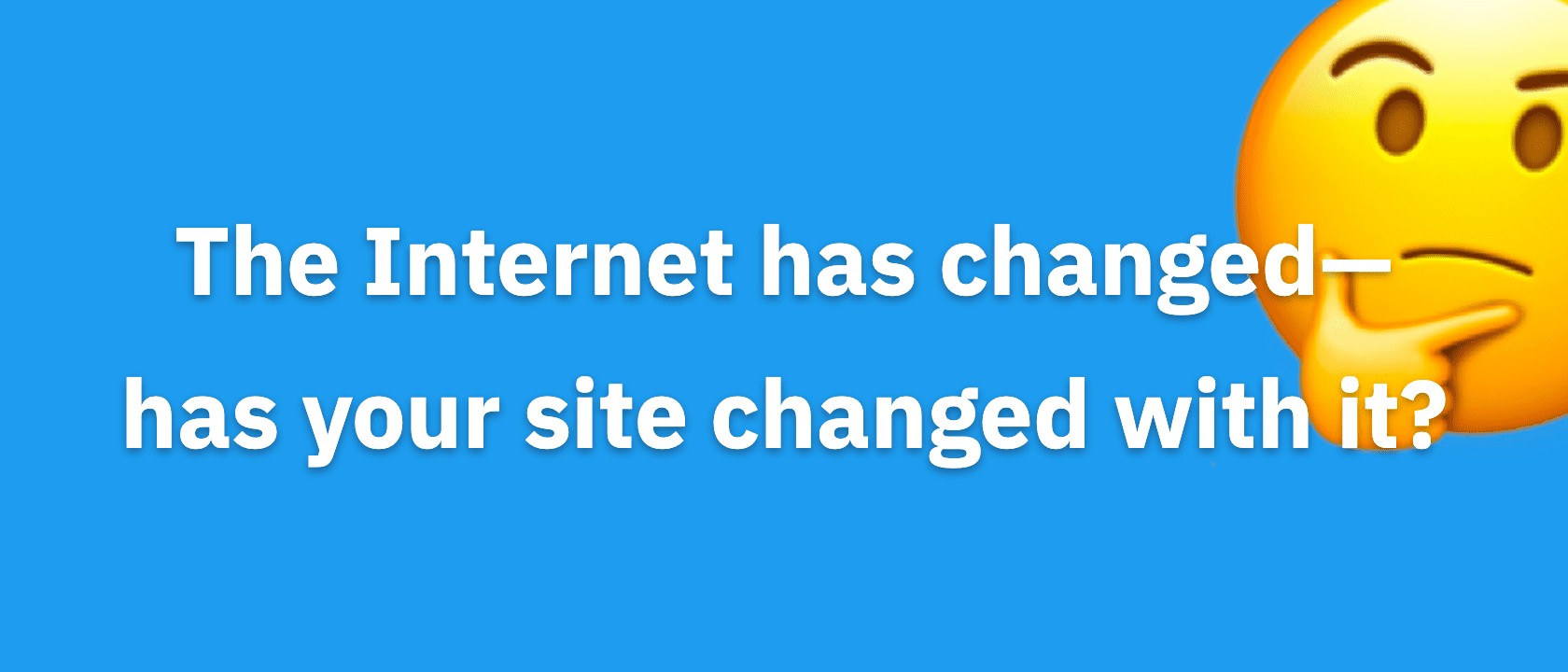 More Traffic, more readers, more subscribers.
More Traffic, more readers, more subscribers.
You’re familiar with that mantra. And I’m guessing you want to convert each of those into customers.
The problem is, some people build an audience and never ask them to buy anything. Then, other people hit their readers with offers hard, fast, and so frequently that they lose their readership almost instantly.
But then, there are those who seduce.
Seducers are selling all the time, but unlike the “sell sell sell!” business owners, they know how to subtly and tastefully train their audience from day one to:
- Get hooked on the seducer
- Anticipate and want future offers
- Sign up (happily) for the offers that are made
If you want to become a master seducer of your audience, remember these 3 things:
1. To Seduce you Have To Satisfy Their Needs
You know that every sale or promotion (even a free one) is not about you, it’s about what your audience wants.
Sounds obvious, yet I consistently see:
- Sign-up incentives that readers don’t want
- Sales pages that focus on the product’s brilliance and not why the customer would care
- Blogs that are therapy for the blogger rather than useful to the readers
All is not lost, though. Once you design an offer with your audience in mind, you can increase your seductive powers by slightly tweaking how you communicate your offers to your audience.
For example:
You could say that you “designed,” “developed,” or “discovered” your new product because it answers a specific problem for your customer.
You could also show your audience that you appreciate them by offering them exclusive bonuses or introductory price as a “thank-you” for being on your list.
Either way, ensure you present your offer in the same tone, and that you provide the same entertainment, inspiration, and education that your subscribers are used to.
2. To Seduce You Have To Start Early (And Tease)
When you build an audience, you should continuously create anticipation of future offers.
If you don’t, when you finally make that offer, it will be like running into a crowd and flashing them. People will be confused, annoyed, and certainly not seduced.
However, when you create that anticipation, you train your audience to expect offers in exchange for money. For example:
- A coaching offer in your newsletter
- A continuation course from your webinar lesson
- An upsell to a low price point product after someone signs up to your newsletter
You may think these types of offers may put people out, but it won’t as long you “seduce” instead of “sell.”
I’ll explain.
Just selling would be offering a free report called: “Everything You Wanted to Know About Traffic Building” and then promoting your “Time Management For Your Business” eBook.
That’s like inviting someone up for coffee after a date only to reveal your housemates are having a house-party. Parties are nice, but probably not what your date was expecting.
Seducing them would be taking the first 2 chapters of “Everything You Wanted to Know About Traffic Building” as a free sign-up incentive, then making a one-time offer to purchase the entire book after they’ve signed up.
It’s seductive because:
- It’s a continuation of your relationship
- It’s a small commitment
- You’re talking to them at the moment they’re hottest about you
3. Seduce Them Up To (And Beyond) The Grand Finale
The trail of seduction has to lead somewhere. Even if you don’t know what you plan on selling, you probably have an idea, and you should let your list know about it.
Remember, you don’t have to be elaborate or specific, but preparing your audience for an offer down the line will help ensure that they take to it like crazy.
So how can you prepare for your big finale?
Intoxicate them with your presence and don’t let them forget you. Create content leading up to your offer such as webinars, or guest posts, or a series of blog posts that reminds them of:
- The problem you’re going to solve
- Your brilliance
Don’t underestimate the power of free content for creating buzz for your product. Let’s say you’re running a week long online bootcamp on webinar training for coaches. Your free content could include:
- A brief guide on how webinars can increase coaching clients
- Interviews about how coaches are struggling with traditional marketing methods
- Webinars previewing the training they would receive on the course
- Short video tutorials on different resources you can use with webinars
The more “snippets” of access you give them to you through content, audio and video, the more they are likely to feel that they know you, the more likely they are to trust you, and the more social proof you’ll be gathering to bolster your credibility.
In summary, always be gathering and trying new ways to attract the right audience.
And then forget about “when” you should be selling, and instead, always be seducing.
